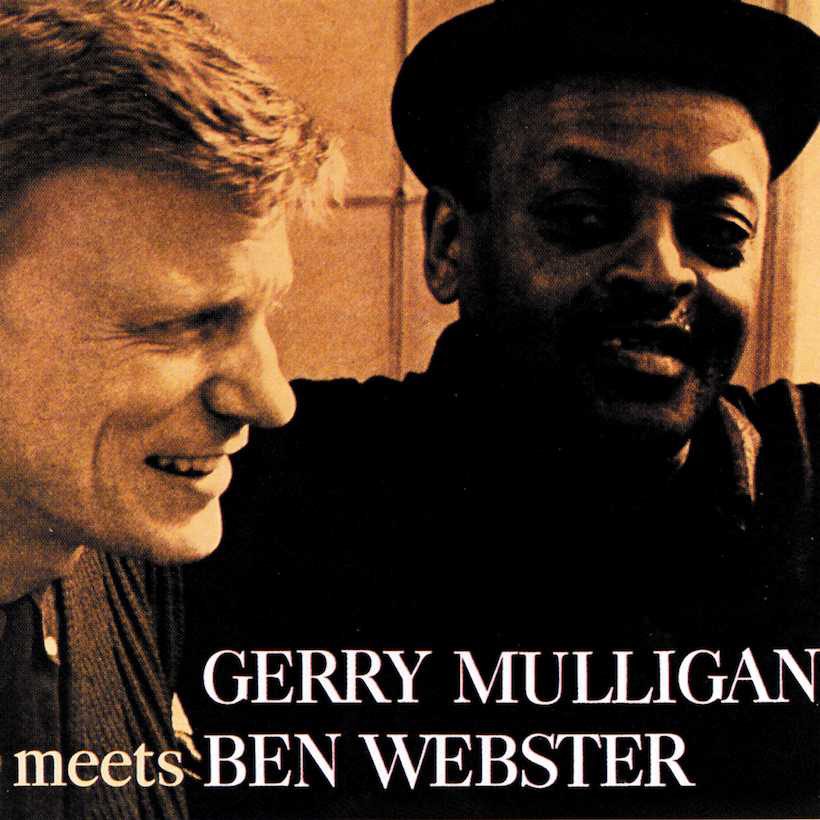‘Gerry Mulligan Meets Ben Webster’: A Classic Album From Two Jazz Giants
Recorded over two sessions at the end of 1959, ‘Gerry Mulligan Meets Ben Webster’ is a classic album from two jazz giants.

When Gerry Mulligan and Ben Webster met up at Radio Recorders in Los Angeles on November 3, 1959, it was to prove to be one of the ultimate saxophone summits. The 50-year-old Webster’s tenor sax and 32-year-old Mulligan’s baritone are as polished as polished could be. The result is the album Gerry Mulligan Meets Ben Webster that is included in NPR’s Basic Jazz Record Library and has been called a “classic album from two jazz giants.”
Track one side one is the fabulous Billy Strayhorn composition “Chelsea Bridge.” Webster’s tenor begins the number, conjuring up the opening scene from a film noir classic with a mysterious woman in black, walking across the bridge with headlights reflecting in the puddles. Joined by Mulligan it develops into a saxophone tour de force.
Listen to Gerry Mulligan Meets Ben Webster now.
Three tracks were recorded at that first session, the opener, along with “Who’s Got Rhythm” and “Go Home”; the latter two numbers are Mulligan’s compositions and both sound like standards rather than new tunes. It’s not just the sax playing that makes these, and all six cuts, so good, but also the accompaniment of Leroy Vinnegar on bass and Mel Lewis in the rhythm section, along with the excellent Jimmy Rowles, whose piano sounds always just right. As Webster said at the time, “Ben and I were a focused, near-functioning, little band. That’s why it worked and of course, it’s all related to our mutual esteem and musical rapport.”
The other three tracks, “The Cat Walk,” “Sunday” and the absolutely beautiful, “Tell Me When” were recorded a month later on December 2. It was released in February 1960 and Billboard said in their Spotlight Review, “Both artists blow up a storm and buffs should flock to the set.” And over the years they have done just that.
In 1997 the set was expanded to include additional numbers they cut at the two sessions along with some alternate takes; it is a fascinating record of two amazing days at the office. Earlier, in the 60s it was reissued with the cover shown above.
This is simply an astonishing record of two giants of jazz at the very top of their game. Understated, some have said, and yes it is, but in so being it is making a far bigger statement. Less is more; cool is hot – Mulligan’s baritone sax is the perfect foil for the older Webster’s tenor. It’s also been called, “the perfect record for a rainy day,” there’s no arguing the point.












